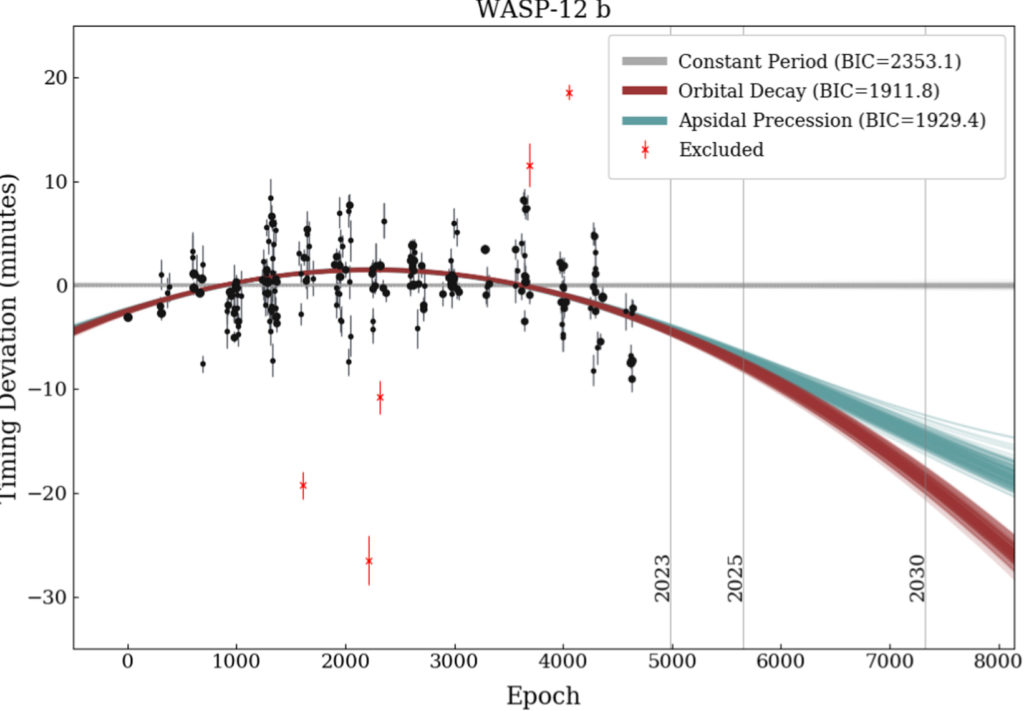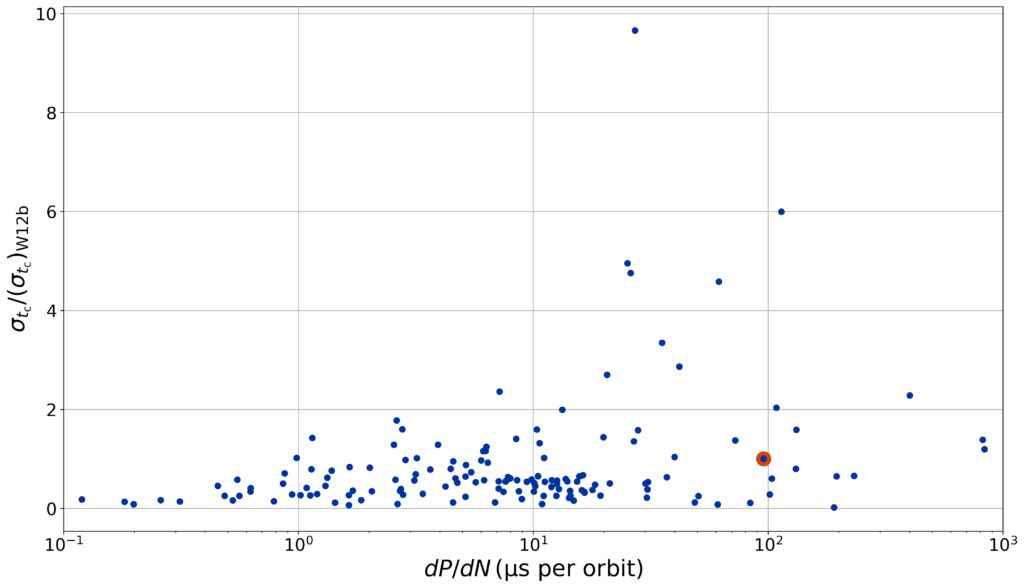Research
“Moon-forming impactor as a source of Earth’s basal mantle anomalies” – https://www.nature.com/articles/s41586-023-06589-1

Estimating Aerodynamic Properties of Planetary Surfaces Using Drone Attitude
This presentation is based on a paper published here – Jackson, B. (2022) RNAAS.
Evidence of Long-term Period Variations in the Exoplanet Transit Database (ETD)
https://iopscience.iop.org/article/10.3847/1538-3881/ac959a


able 4. Model Comparison for Secondary Analysis—Data Variance for ETD Transit Times
| Target | Decay Rate | 1σ Unc. | BIClinear | BICdecay | ΔBIC |
|---|---|---|---|---|---|
| (ms yr−1) | (ms yr−1) | ||||
| WASP-12 b | −34.8 | 4.9 | 223.7 | 202.7 | −21.0 |
| HAT-P-19 b | −64 | 17 | 80.6 | 78.2 | −2.4 |
| TrES-1 b | −16.0 | 3.7 | 73.3 | 68.3 | −5.0 |
| WASP-4 b | −6.7 | 2.4 | 62.6 | 62.7 | 0.1 |
| TrES-2 b | −22.0 | 8.0 | 159.0 | 160.3 | 1.3 |
| TrES-5 b | −25 | 11 | 118.3 | 120.5 | 2.2 |
| HAT-P-32 b | −32 | 12 | 95.5 | 96.7 | 1.2 |
| WASP-10 b | −10.1 | 7.6 | 131.6 | 135.5 | 3.9 |
| WASP-43 b | 3.5 | 4.0 | 126.5 | 130.9 | 4.4 |
| TrES-3 b | 0.01 | 1.9 | 227.8 | 233.1 | 5.3 |

